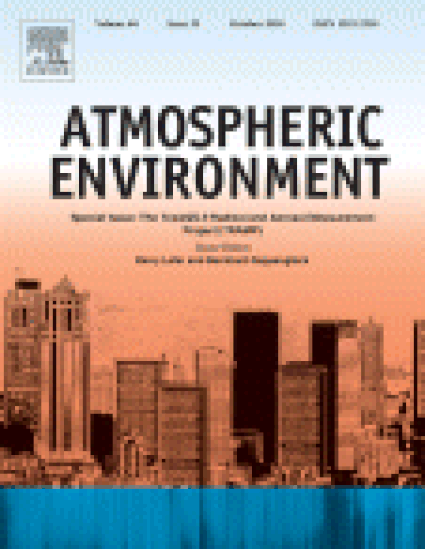
Article
Nocturnal boundary layer characteristics and land breeze development in Houston, Texas during TexAQS II
Atmospheric Environment
(2010)
Abstract
The nocturnal boundary layer in Houston, Texas was studied using a high temporal and vertical resolution tethersonde system on four nights during the Texas Air Quality Study II (TexAQS II) in August and September 2006. The launch site was on the University of Houston campus located approximately 4 km from downtown Houston. Of particular interest was the evolution of the nocturnal surface inversion and the wind flows within the boundary layer. The land–sea breeze oscillation in Houston has important implications for air quality as the cycle can impact ozone concentrations through pollutant advection and recirculation. The results showed that a weakly stable surface inversion averaging in depth between 145 and 200 m AGL formed on each of the experiment nights, typically within 2–3 h after sunset. Tethersonde vertical winds were compared with two other Houston data sets (High Resolution Doppler Lidar and radar wind profiler) from locations near the coastline and good agreement was found, albeit with a temporal lag at the tethersonde site. This comparison revealed development of a land breeze on three nights which began near the coastline and propagated inland both horizontally and vertically with time. The vertical temperature structure was significantly modified on one night at the tethersonde site after the land breeze wind shift, exhibiting near-adiabatic profiles below 100 m AGL
Keywords
- urban meteorology,
- nocturnal boundary layer,
- Air quality
Disciplines
Publication Date
October, 2010
DOI
https://doi.org/10.1016/j.atmosenv.2009.01.031
Citation Information
Bridget M Day, Craig B. Clements, Bernhard Rappenglück, Sarah C Tucker, et al.. "Nocturnal boundary layer characteristics and land breeze development in Houston, Texas during TexAQS II" Atmospheric Environment Vol. 44 Iss. 33 (2010) p. 4014 - 4023 Available at: http://works.bepress.com/craig_clements/40/
